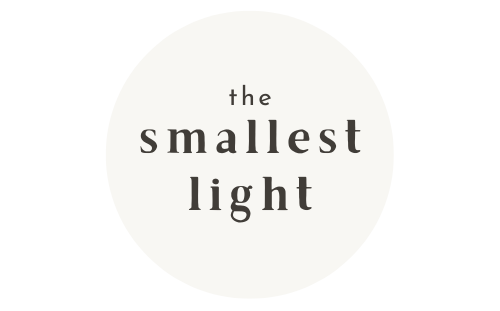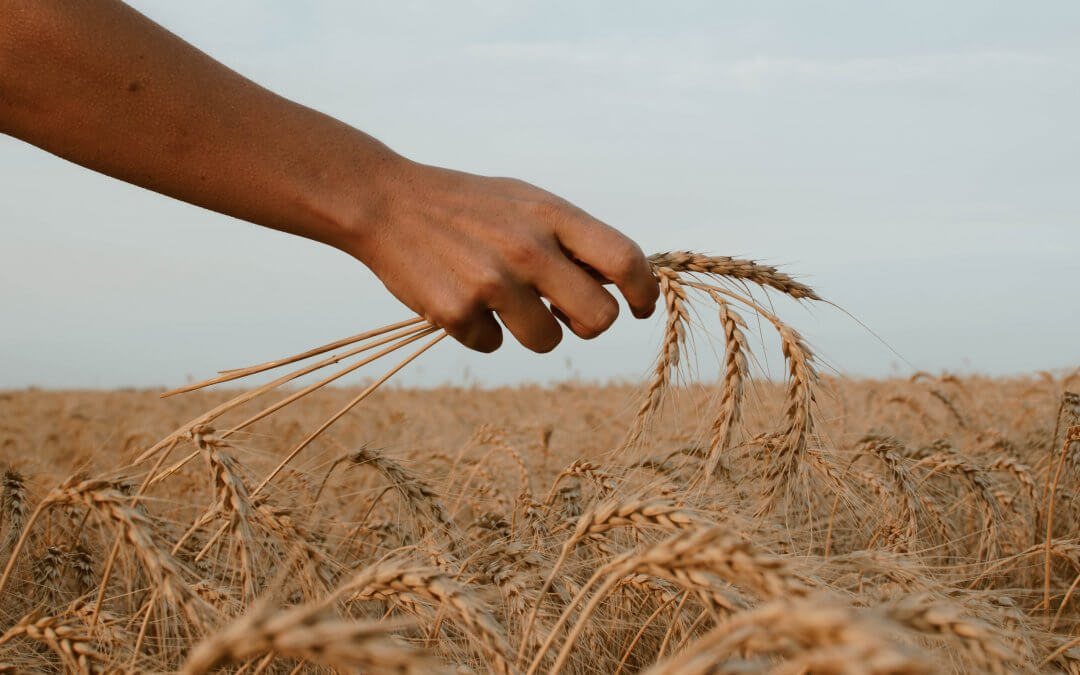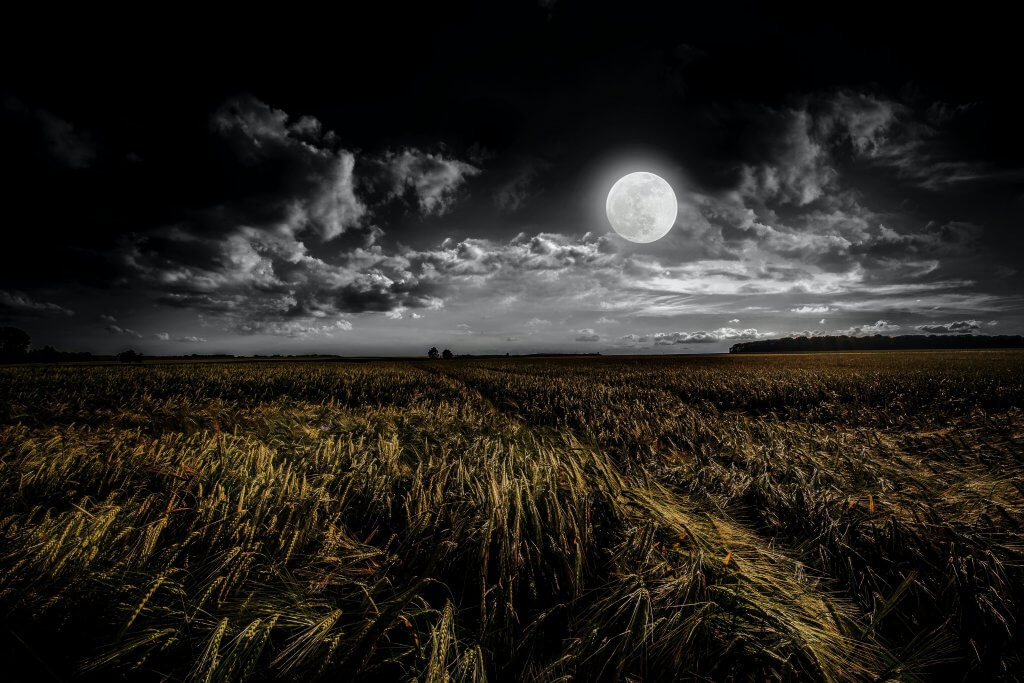“The flame-red moon, the harvest moon, rolls along the hills, gently bouncing, a vast balloon, till it takes off, and sinks upward to lie on the bottom of the sky, like a gold doubloon. The harvest moon has come, booming softly through heaven, like a bassoon. And the earth replies all night, like a deep drum.” — Ted Hughes
Where does the harvest moon name come from?
Look to the skies in late September or early October and it’s likely you will be greeting with bright moonlight and a magical glowing orb, which seems so close to the earth, you could almost reach up and touch it. The silver ripples of light sliding over the ripe autumn fields is a beautiful sight.
For many many years past, this full moon became a willing helper in the work of harvest time, bringing extra hours of light to the farmers and workers collecting in the crops, playing an integral part of the seasonal cycle. This relationship between the moon and the land gave the full moon following the Autumn Equinox it’s name – the Harvest Moon.
This year the Harvest Moon will be full and visible in the skies from the evening of September 29th, but you will be able to watch it rising and waning in the nights before and after too.
As it rises past the horizon “The Moon will appear massive in the sky for the simple reason that you’ve got a little bit of magnification with the atmosphere,” said Martin Griffiths, a Wales-based science communicator, professional astronomer at Dark Sky Wales and author of Dark Land, Dark Skies: The Mabinogion in the Night Sky.
The moment of magnification will be brief, only lasting as long the moon rises above the horizon and is visible next to the landscape – so catch it while you can. As soon as the Harvest Moon has risen further, the comparisons of size against the landscape are gone. The moon then seems to shrink back to it’s normal size.
It also appears to stay fuller for longer because it rises very near sunset for several nights in a row which adds to the magic – making it seem as if there is a full moon with us for a fair few nights.
The Harvest Moon in music and folklore
The moon has inspired so many songs, stories and poetry throughout the years, it had a lot of influence on Neil Young and his creative process too. In past interviews he has talked about how he uses the cycles of the moon to guide him. “Before there was organized religion, there was the moon. The Indians knew about the moon. Pagans followed the moon. I’ve followed it for as long as I can remember, and that’s just my religion.” He named albums Harvest and Harvest Moon and mentions of the moon appear in over 28 of his songs.
Diving deeper into the theme of music, there is another name that was commonly used, a different term of endearment which also sprang from the harvest activities – the ‘Singing Moon’.
Having done a little research into this, it seems likely that the “singing” is connected to songs sung by people celebrating when the autumn harvest was finished and celebrations began or perhaps as they worked in the fields to thresh and bring in the crops. Threshing songs are sung antiphonally between two people or two groups of people when threshing crops such as barley.
What does the Harvest Moon mean to us now?
Now that the majority of us are gathering our food under the blinking strip lights of a supermarket. The majority of farmers can floodlight their fields like a football pitch. We live differently now, most of us are privileged enough to have all the light we need readily available. Yet despite this, our connection to this moon continues – we sing songs, write poems, seek it’s company, take photographs, name candles after it (okay maybe that’s just me).
Nurturing our connection to seasonal markers such as the Harvest Moon bring us closer to the cycles of nature, keeping us in tune with the comforting rhythms of the universe. When we humans find meaning, we find a way of attaching, a way of caring.
Even by just observing the sight of the Harvest Moon, acknowledging the stories and history, we forge a deeper relationship with the season and with the natural world. In turn we strengthen our sense of peace and belonging, growing our feeling of rootedness in the natural networks we live within.
But there’s a full moon risin’
Let’s go dancin’ in the light
We know where the music’s playin’
Let’s go out and feel the night
Neil Young – Harvest Moon
Read more about lunar folklore here


